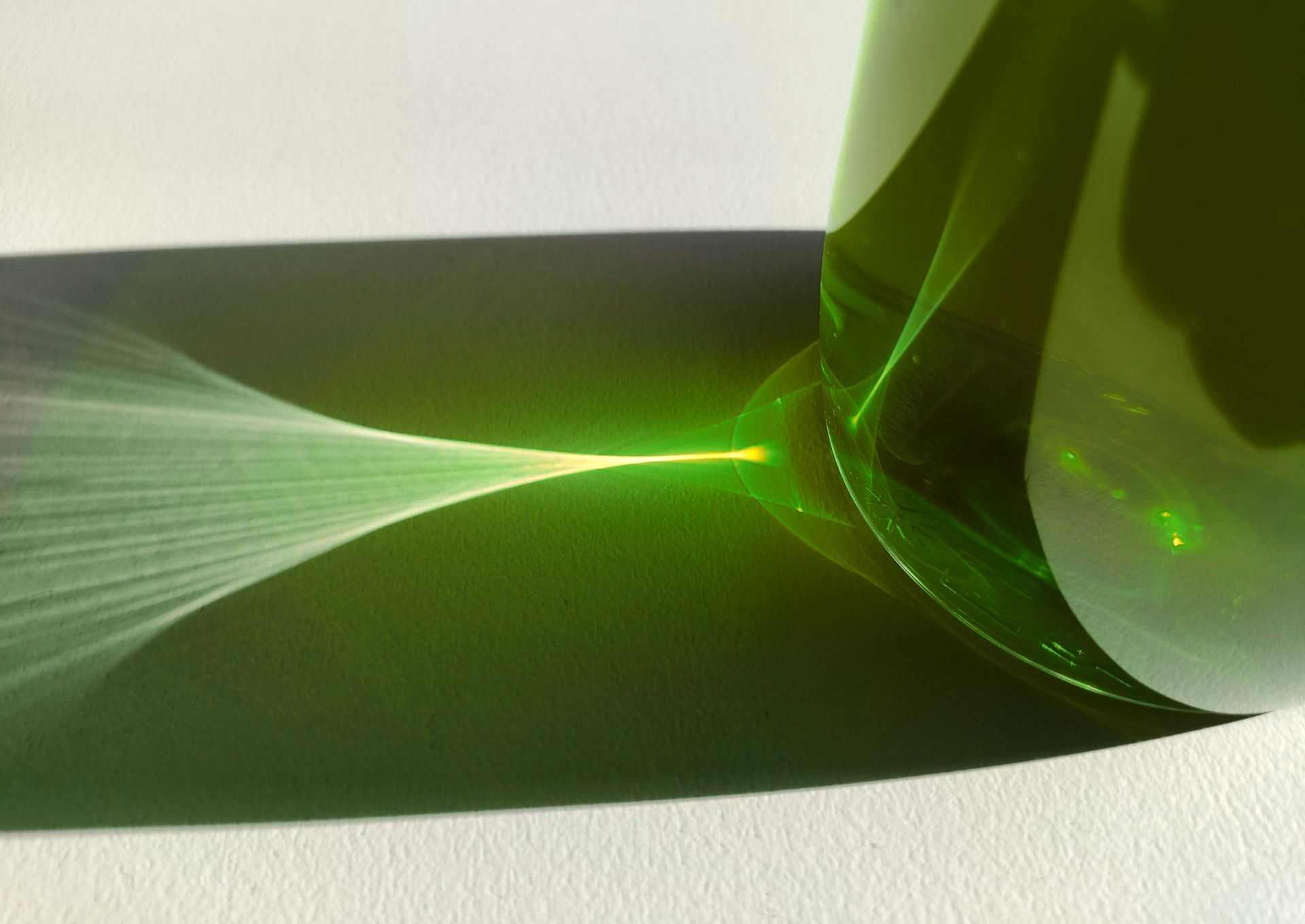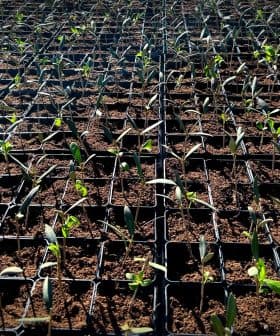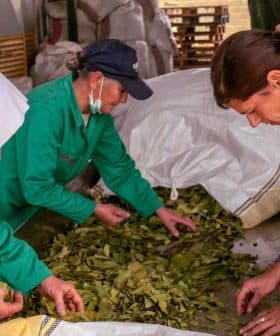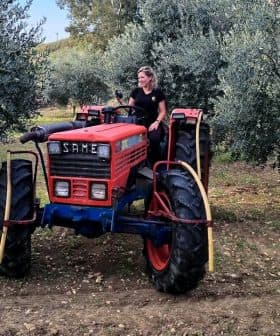 14.9K reads
14.9K readsWorld
Even Dark Glass Bottles Leave Extra Virgin Olive Oil Susceptible to Oxidation, Study Finds

Research out of Italy has found that glass bottles may negatively impact extra virgin olive oil’s quality and flavor when exposed to light over time. The study showed that dark green glass bottles did not adequately protect the oil from oxidation, leading to significant reductions in phenols and polyphenols after prolonged exposure, while multilayer plastic-coated paperboard aluminum foil packages fared much better in preserving the oil’s healthy properties. The findings highlight the importance of proper packaging and protection for extra virgin olive oil to maintain its quality during storage and transportation.
Under certain conditions, glass bottles may hinder extra virgin olive oil’s resilience to oxidation, reduce its healthy properties and modify its flavor, according to new research out of Italy.
In the study, the researchers observed what happened to extra virgin olive oil over time when stored inside different kinds of bottles and packages.
While the temperature may well affect the oil’s quality and oxidation, the impact of light on extra virgin olive oil is critical.
When subjected to supermarket-like conditions for more than a few weeks, both green glass bottles and darkened bottles did not adequately protect their high-quality contents.
“The time has come to put some more effort into extra virgin olive oil packaging and protection while on sale or when shipped overseas,” said Maurizio Servili, co-author of the research and food science and technology professor at the University of Perugia.
See Also:Bag-in-Box Containers Prove Superior for Olive Oil StorageIn the study, the researchers exposed several samples of extra virgin olive oil to different conditions over time. The samples were bottled in green glass containers, ultraviolet-grade absorbing glass and multilayer plastic-coated paperboard aluminum foil.
They measured the chemical changes that took place within each oil, focusing on the modifications in the quantity and quality of its phenols, polyphenols, volatile compounds and sensory attributes.
The researchers also measured the specific alterations caused by chlorophyll.
“Chlorophyll is among the extra virgin olive oil components and plays a big role in modifying the quality profile of a bottle over time,” Servili told Olive Oil Times. “It does not happen with any other oil because it is practically absent in most other fats such as sunflower or soybeans seed oils.”
“Nowadays, it is unusual, but it once happened quite often, to spot on a supermarket shelf an extra virgin olive oil bottle turned somewhat orange,” he added, explaining that this happened because traditional glass bottles let the light through and triggered chlorophyll.
The researchers exposed each of the samples to 500 luxes for 12 hours each day. The samples then spent the remaining 12 hours in the dark, conditions similar to those found in many supermarkets.
“Not only that,” Servili added, “but we have also enacted operations that many food retailers do, such as periodically moving the bottles on the shelves so that light does not directly impact on the same glass.”
After 150 days in those conditions, the extra virgin olive oil packaged in dark green glass was damaged by the photo-oxidation.
“We began finding products derived from an ongoing rancidity process,” Servili said. “The well-known K270 parameter showed that between 160 and 180 days into the experiment, some sample profiles reached the limits provided by the law to define extra virgin olive oil.”
After 240 days of exposure to those conditions, all samples in glass could no longer be classified as extra virgin. However, the observation samples kept in absolute darkness showed that after two years of storage in glass, the contents had undergone just minor changes.
“We used medium-quality extra virgin olive oils usually found in a supermarket. None of the products used had at the beginning an acidity level above 0.5 percent,” Servili said. “Phenols in the samples were between 700 and 720 milligrams per kilogram at the beginning.”
“But after 300 days, the olive oil in the green glass had lost 96 percent of its phenols while 87 percent was lost with darkened glass bottles,” he added.
In those same conditions, multilayer plastic-coated paperboard aluminum foil fared much better, with only a 25 percent average reduction of the bio-active phenols.
While the effects of temperature stress on extra virgin olive oil are well known, the study highlights the possibly more significant impact of light.
“While the temperature may well affect the oil’s quality and oxidation, the impact of light on extra virgin olive oil is critical because of the chlorophyll and the subsequent photo-oxidation, which happens quite quickly,” Servili said.
In that case, light triggers chlorophyll which reacts with triplet oxygen to form an excited state of singlet oxygen.
“The very nature of photo-oxidation hinders the free radicals formation so that primary contents such as polyphenols can only partially contain the rancidity process,” Servili said. “We saw that green glass and ultraviolet grade absorbing glass did not perform in a significantly different way.”
“Multilayer plastic-coated paperboard aluminum foil fared better because it protected its contents from any light while also avoiding any permeability to oxygen,” he added.
The Italian researcher noted how relevant the glass culture is in the olive oil world and emphasized that solutions are already at hand.
“If we look at first-class premium extra virgin olive oils, they usually come in black-coated bottles or multilayered coating colored bottles, which are not only elegant but also offer strong protection to their contents,” Servili said. “The extra virgin olive oils that we tested are some of those produced in large quantities and sold at lower prices, mostly in green bottles.”
See Also:When Does Olive Oil Lose Its Virginity?In Italy, explained Servili, an extra virgin olive oil bottle is unlikely to spend prolonged periods of time on a supermarket shelf, given the high rate of extra virgin olive oil consumption in the country.
“But those same bottles are also shipped abroad and inadequate protection from light during transport and following display on a shelf could quickly lower their qualities even more than the temperature stress due to the shipment itself,” Servili said.
That means that some bottles upon arriving at their overseas destinations might fail to meet the standards of extra virgin.
Time spent on the shelf before being purchased by a consumer extends the period of light exposure.
“If such a bottle is displayed for more than a few weeks, and often it is much more than that, maybe a new approach to photo-oxidation should be considered,” Servili said, citing how two of the extra virgin olive oil samples were completely rancid after 10 months in the experiment.
“Absence of light is a strange concept because when we talk about olive oil oxidation, we all think of temperature,” Servili said. “That happens because we think of extreme conditions, like those during shipping when extra virgin olive oil could reach 45 ºC or even 50 ºC.”
“Still, there are studies according to which during the shipment by sea inside the containers the temperature does not exceed 30 ºC,” he added.
The overall results of the study confirm what emerged in previous research that investigated extra virgin olive oil packaging in supermarket conditions.
In a 2018 study, scientists from the University of Pisa found that both temperature and light significantly affected the shelf-life of the extra virgin olive oil.
“This fact suggests that not only the storage conditions can prevent oxidation processes from occurring, but they can even be usefully used to slow down [and] almost to block them,” the researchers concluded.









